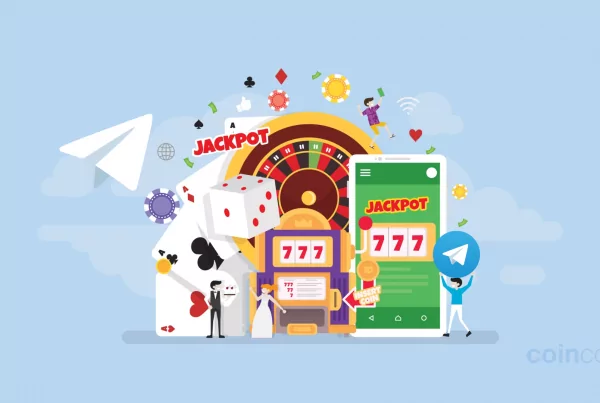It’s no secret that cryptocurrencies have a turbulent reputation. Ever since the launch of Bitcoin (the first cryptocurrency) in 2009, digital assets have been condemned by banks, global governments, and even the US State Treasury. But the establishment of stablecoins such as Tether promised to bridge the divide between crypto and fiat currencies – creating a virtual asset that was backed by strong economies.
Tether (also referred to as USDT) first entered circulation in 2014. In the 6 years since, the USDT news outlets have had much to discuss. From speculation surrounding the relationship between Tether and Bitcoin, to the worry that the stablecoin really wasn’t as stable as it appeared, it’s understandable that many people are now unsure exactly how reputable Tether is.
Nobody wants to get scammed out of their money, and with the cryptocurrency market notoriously difficult to regulate, how can you be sure that Tether is worth the investment? In this article, we’ll be debunking the myths and explaining whether Tether is still backed by US dollars.
What is Tether and how does it work?
Firstly, let’s recap on what exactly Tether is. Tether, which entered circulation in 2014, was one of the world’s earliest stablecoins. The term ‘stablecoin’ refers to the fact that Tether is tied to the US economy. While cryptocurrencies such as Bitcoin are famously volatile (the volatility of Bitcoin reached a record high of 8% in the three months between October 2017 and January 2018), stablecoins theoretically always maintain their value against the dollar (or whichever fiat currency it’s tied to).
Tether and the US Dollar
The company which launched Tether – the Hong Kong-based Tether Holdings – claimed upon launching the altcoin that 1 USDT has been designed to be equal in value to $1. For every 1 USDT that was issued, there would also be $1 in reserve, and this value wouldn’t deviate from the dollar by more than one cent.
This would ensure a strong backing, making Tether substantially more stable than more ‘conventional’ cryptocurrencies. It’s sometimes known as the ‘digital dollar’ to reflect this relationship – but it’s important to note that Tether Holdings has no legal obligation to exchange Tether for dollars or vice versa. In the legal section of the Tether website, it states: “There is no contractual right or other right or remedy against us to exchange or exchange your Tethers for money. We do not guarantee any right of return or exchange of Tethers by us for money.”
Why has Tether been controversial?
As we mentioned earlier, Tether is no stranger to controversy. In June 2018, the University of Texas published a study that suggested Tether was being used to alter the price of Bitcoin during market downturns. On cryptocurrency exchanges, USDT is generally considered to be equal to $1 (the fiat price). But speculation has long been rife that Tether Holdings previously created an excess of Tether tokens in order to manipulate the market for its own gain.
Between October 2017 and January 2018 – coinciding with Bitcoin’s period of rapid volatility – the amount of Tether in circulation had increased from roughly 450 million USDT to a staggering 2.27 billion. This sparked concerns that Tether wasn’t actually backed by US dollars. After all, if every Tether is supported by a reserve of $1, how had Tether Holdings acquired the funds to support this growth so quickly?
In May 2018, this resulted in an enquiry by the US Department of Justice to determine whether Tether was being used to manipulate the price of Bitcoin. Although the findings weren’t conclusive, a lot of mistrust – and misinformation – still surrounds the stablecoin.
So, is Tether still backed by the US Dollar?
The answer to this question is ‘mostly. In 2019, Bloomberg and other news outlets reported that 74% of Tether was actively backed by the US dollar. This means that it doesn’t have the reserves to ensure that every USDT is fully backed by $1. In fact, it was Tether Holdings’ lawyer who confirmed that each Tether token was backed by $0.74 ‘in cash and cash equivalents’. Other stablecoins such as the Gemini Dollar and USD Coin have proved that they are 100% backed by the US dollar. But as the world’s most widely used cryptocurrency, Tether – which currently exceeds $21 billion in online transactions per day – still has millions of loyal users. As governments start to roll out new crypto regulations, we’ll have to wait and see whether Tether will shake off its more negative reputation in the coming years.



